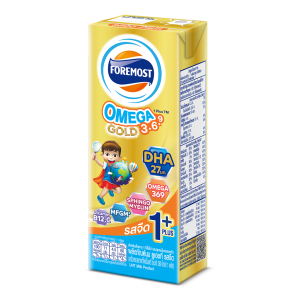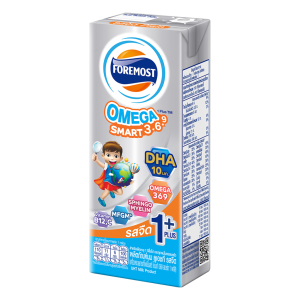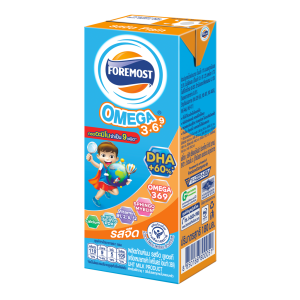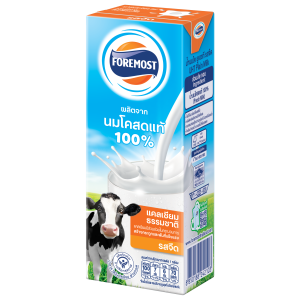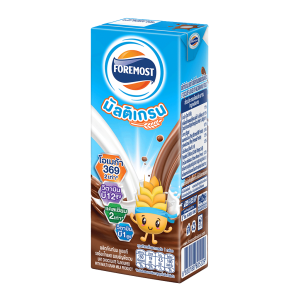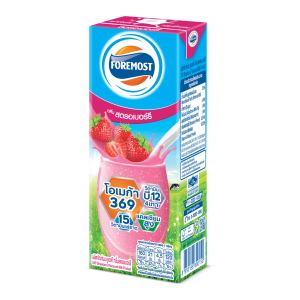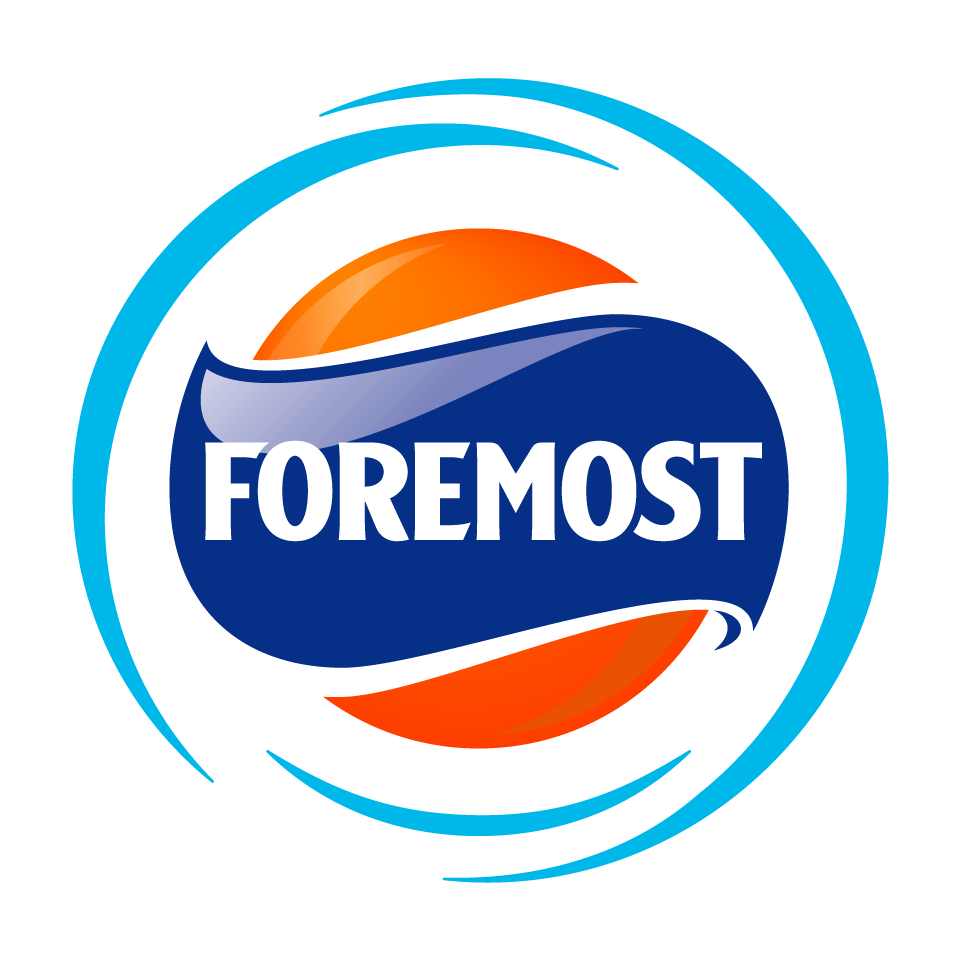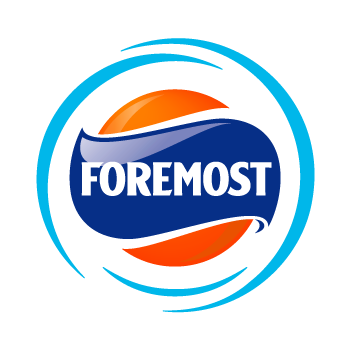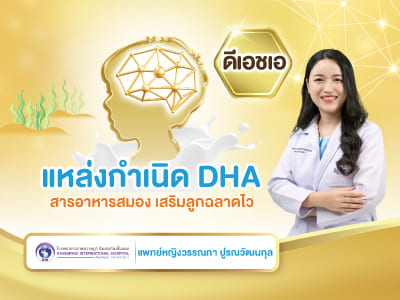
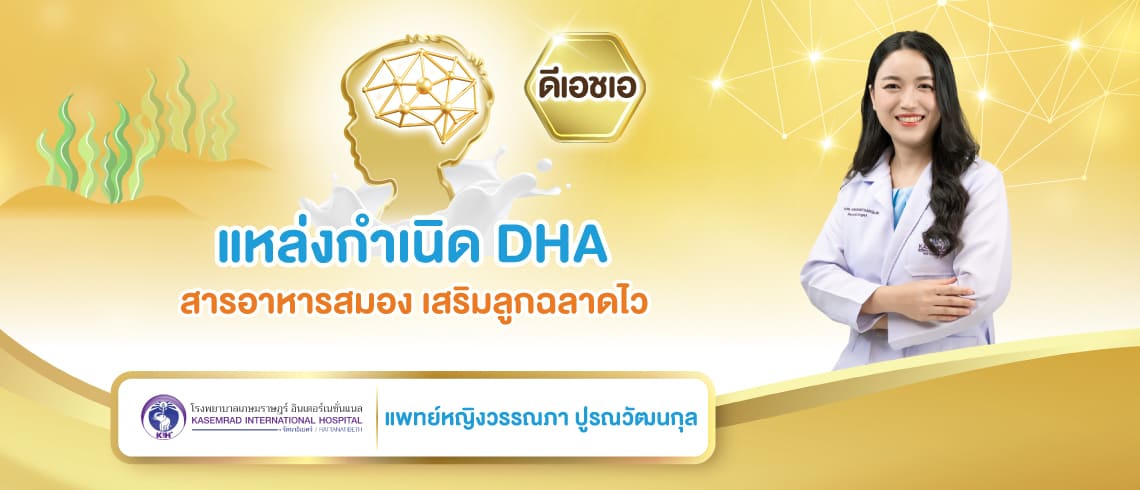
Source of DHA, a brain nutrient that helps children become smart quickly
DHA or Docosahexaenoic Acid plays an important role in brain development, memory and nervous system, especially in infants and young children aged 0-5 years. DHA can be obtained from natural foods and DHA-fortified dairy products [1] [2].
Sources of DHA
Natural food sources that contain a lot of DHA include DHA extracted from plants such as seaweed, algal oil, etc., and DHA extracted from fish and seafood, found in salmon, tuna, sardines, mackerel, etc.[3]
Did you know, Mom? Fish cannot produce DHA OMEGA 3 6 on their own [4].
How is DHA from fish and algae different?
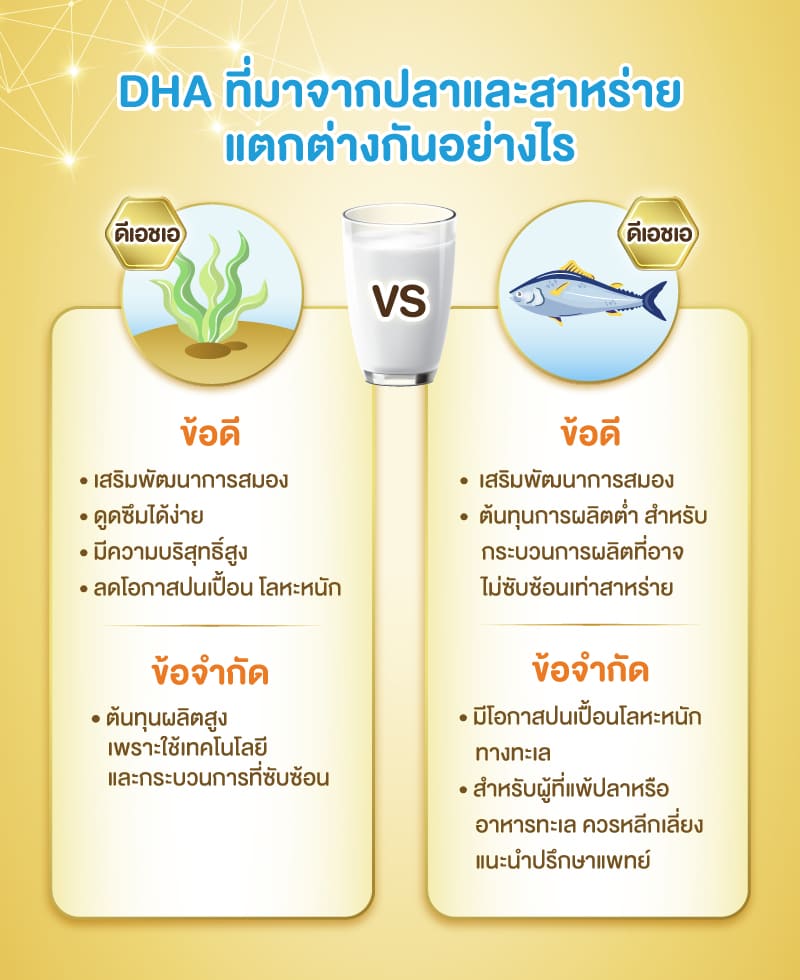
DHA in algae oil exists in the form of glycolipids and phospholipids , which are more easily and efficiently absorbed by the body than DHA in fish oil, which is in the form of neutral lipids [5]. DHA from algae is a highly pure and natural source of DHA [6] and can be cultivated in controlled environments, potentially reducing exposure to contaminants found in the ocean [7]. Cultivation of algae also helps maintain a sustainable natural balance [8]. However, the cost of producing DHA from algae is higher due to the higher technology and more complex extraction processes [10].
DHA extracted from fish also contains other nutrients such as EPA (Eicosapentaenoic Acid) and DHA [9] . DHA from fish is more expensive to produce than DHA extracted from algae [10] . However, DHA extracted from fish is susceptible to contamination from heavy metals such as mercury and marine contaminants, depending on the source of the fish [6]. For those with fish or seafood allergies, it is recommended to avoid DHA extracted from fish, as it may contain residual marine protein and is not 100% safe. It is recommended to consult a doctor before consuming it [11] . Fish farming is also resource intensive and may impact global warming and sustainability [8].
Therefore, consuming DHA extracted from algae is an attractive option over DHA extracted from fish. Research has shown that the absorption of DHA from algae is comparable to that from fish oil, with algae DHA being as effective or, in some cases, superior to, fish oil DHA, depending on the form of production and consumption method. A comparative study of the absorption of DHA from algae and fish in adults showed that algae DHA significantly increased blood DHA levels compared to fish oil after two weeks of supplementation [3].
In summary, DHA is one of the nutrients that is crucial for a child's brain development. Mothers can supplement their children's DHA intake through their diet. However, sometimes, dietary intake may not be sufficient. Therefore, mothers should supplement their children's diet with UHT milk containing the appropriate amount of DHA for their age. It should also be extracted from seaweed to enhance absorption and efficient nutrient utilization in the body. When children develop a healthy brain, they are ready to learn effectively.

Dr. Wannapa
Puranawattanakul
Neonatal and Perinatal Pediatrician
Kasemrad International Hospital, Rattanathibet

Dr. Wannapa
Puranawattanakul
Neonatal Pediatrician
and birth
Kasemrad Hospital
International Rattanathibet

Dr. Wannapa
Puranawattanakul
Neonatal and Perinatal Pediatrician
Kasemrad International Hospital, Rattanathibet
reference
1. European Food Safety Authority. “Scientific Opinion on the substantiation of health claims related to DHA and contribution to normal brain development.” EFSA Journal, 2014
2. Makrides, M., et al. “Neonatal Docosahexaenoic Acid in Preterm Infants and Intelligence at 5 Years.” The New England Journal of Medicine, 2022.
3. Lisa Ryan, Amy M. Symington. Algal-oil supplements are available alternative to fish-oil supplements in terms of docosahexaenoic acid. Journal of functional foods, volume19, part B, Dececber 2015
4. Supit Thongrod, 1992. The importance of fat in aquatic animal feed, Fisheries Journal, 45(4), 943-950.
5. Michael L. Kagan, Annette L. West, et al. Acute appearance of fatty acids in human plasma – a comparative study between polar-lipid rich oil from the microalgae Nannochloropsis oculata and krill oil in healthy young males. Lipids in Health and Disease volume 12, Article number: 102 (2013)
6. Chiu et al. (2009). Safety and efficacy of algae-derived DHA for cardiovascular health. Journal of the American College of Nutrition, 28(1), 39-48.
7. Adarme-Vega, T.C., Lim, DKY, Timmins, M., Vernen, F., Li, Y., & Schenk, P.M. (2012). Microalgae as a sustainable source of omega-3 fatty acids: Current status and future perspectives Journal of Biotechnology, 162(1), 37-46.
8. Adarme-Vega et al. (2012). Microalgae as a sustainable source of omega-3 fatty acids: Current status and future perspectives. Journal of Biotechnology, 162(1), 37-46.
9. Ryan et al. (2015). Effects of long-term docosahexaenoic acid supplementation on serum lipids and fatty acid profiles in children and adults. Journal of Nutrition, 145(8), 1842-1849.
10. Sundararajan, M., et al. “Comparative economic analysis of DHA production from algae and fish oil.” Journal of Industrial Microbiology & Biotechnology. springer (2019)
11. Iftikhar, Noreen. 2019. “What Is Fish Oil Allergy?” Published on Healthline, February 5. https://www.healthline.com/health/food-nutrition/fish-oil-allergy?
